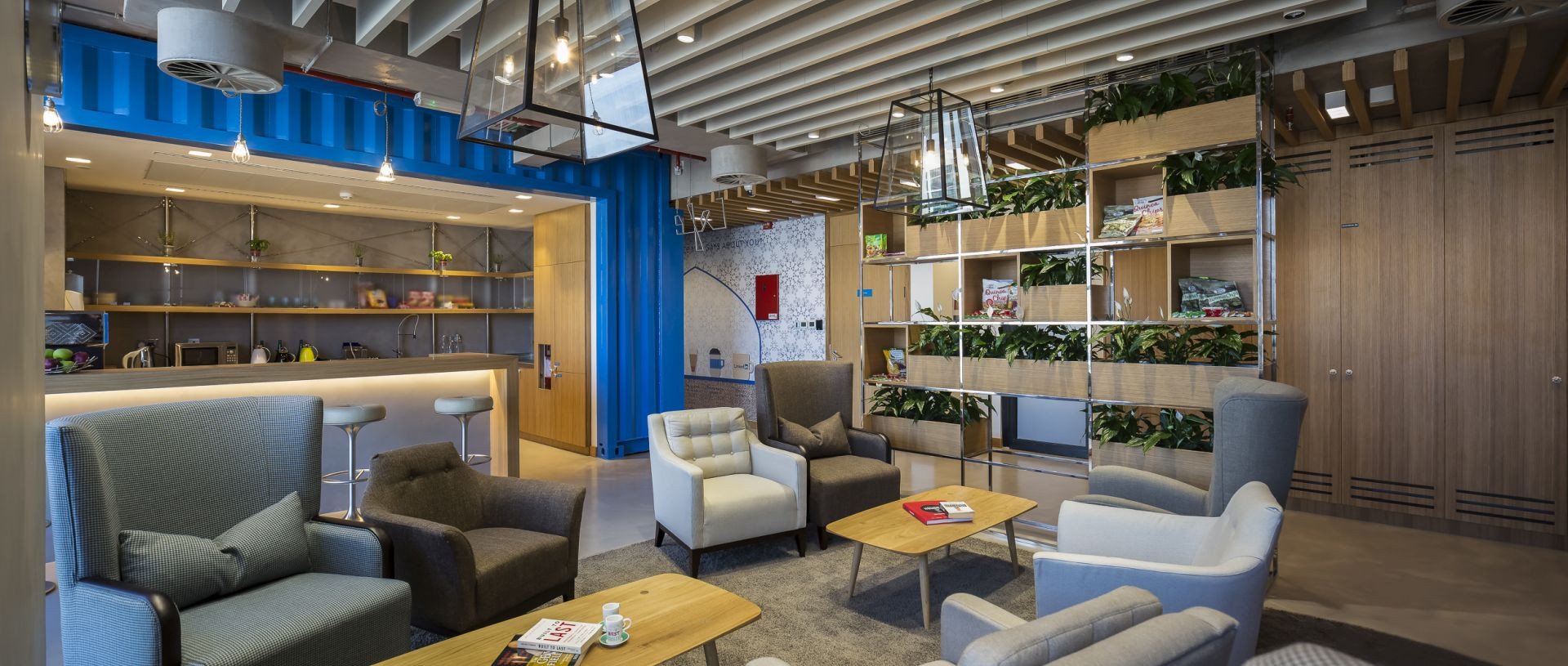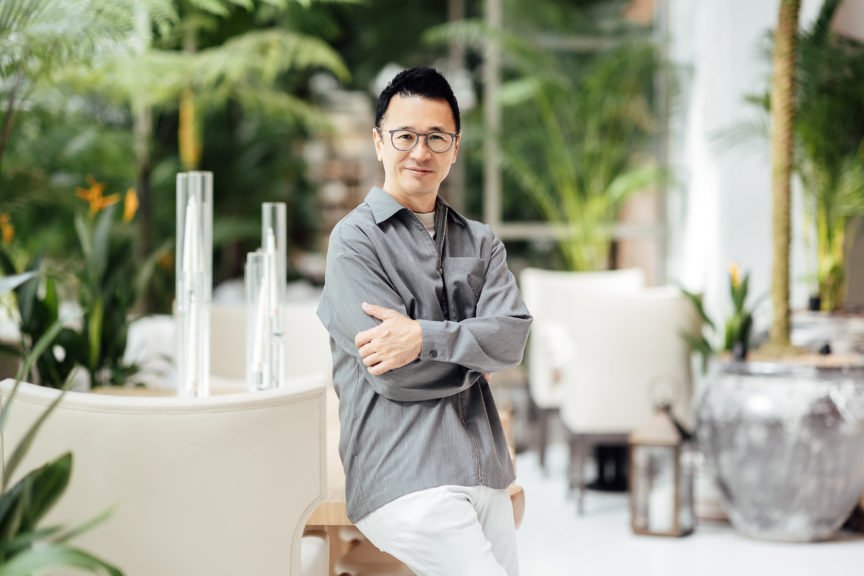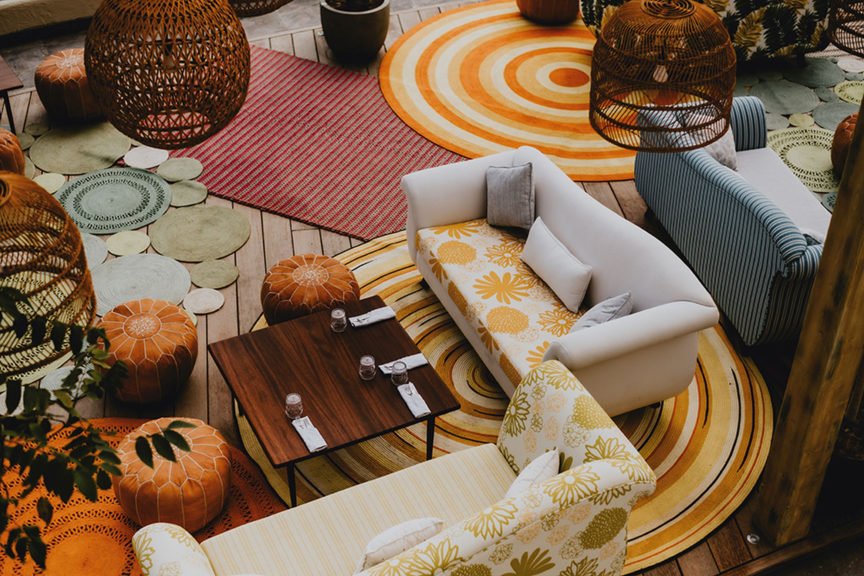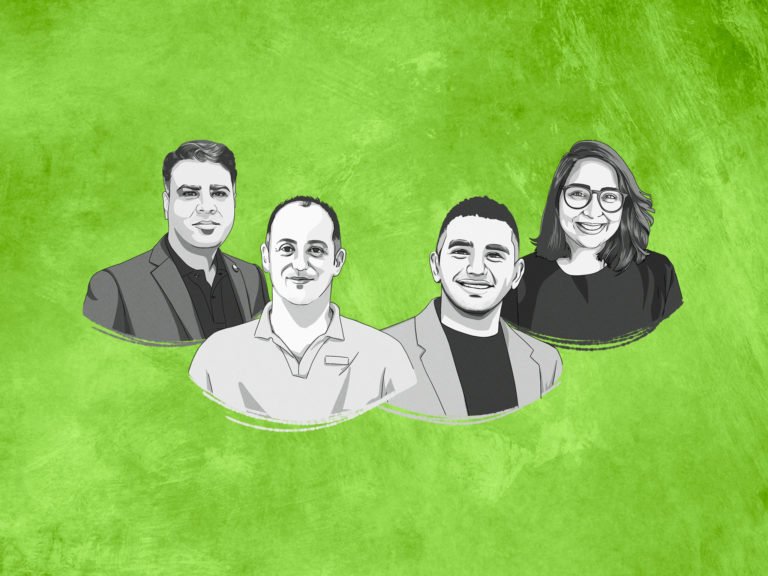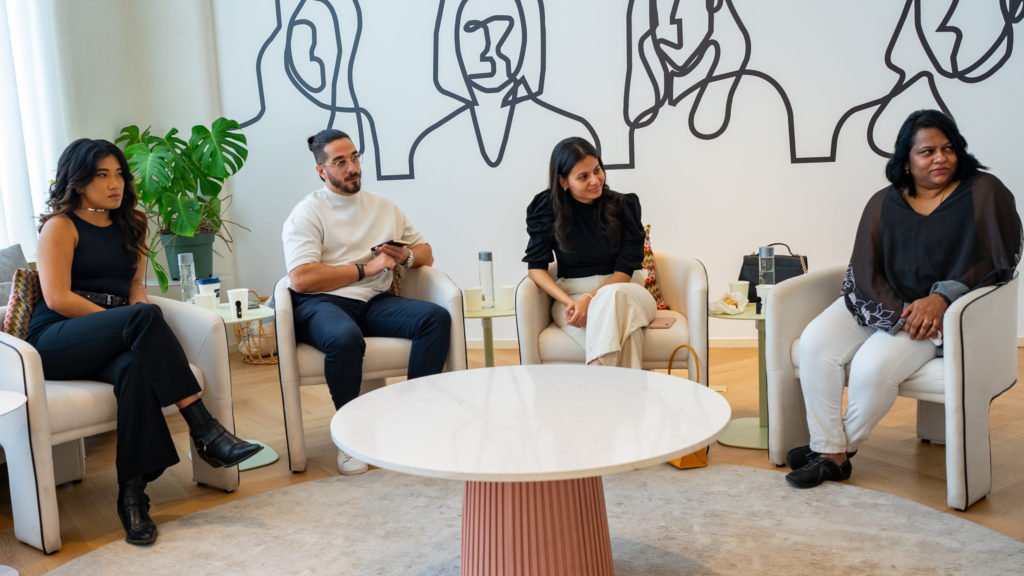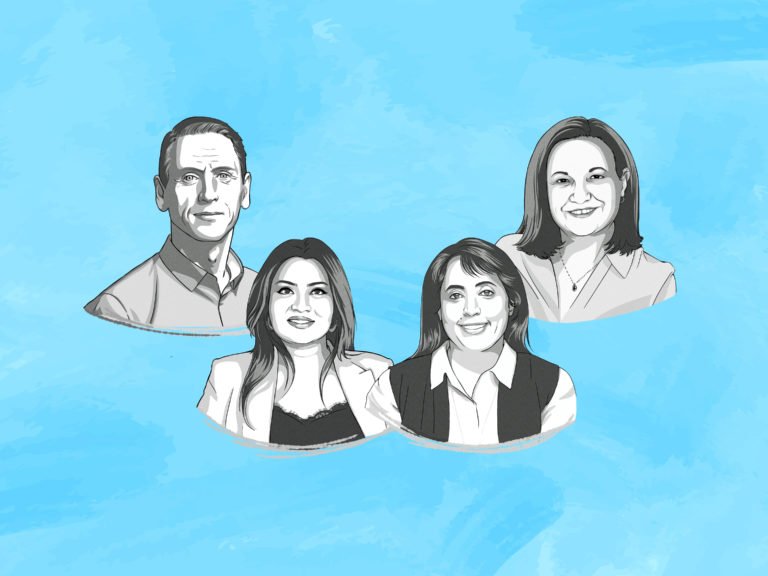Worktech Dubai’s 2017 edition saw some phenomenal presentations and insights from thought leaders in the field of workspaces, architecture, design and wellness. For those present, it was a truly enlightening experience; not only were visitors given a peek into latest practices and design methodologies, many left with questioning their existing knowledge on the topic.
Among the line-up of accomplished speakers was Primo Orpilla, co-founder of Studio O+A, the creative mind behind some of the most stunning offices in Silicon Valley, with the likes of Microsoft, Facebook and Uber among them. Primo was present at Worktech Dubai 2017 to share his thoughts and ideas on the latest trends and technologies gaining traction in the West Coast region. Among them included Typologies – A field guide of sorts to O+A design methodologies. The guide is a primer of sorts behind the design intent of different workspaces in an office. By no means does Primo, nor anyone at O+A, ever recommend a cookie-cutter approach to designing workspaces. Each type of work setting possesses a different energy and is meant to project it’s own unique vibe.
For those who missed it, we’ve rounded up some of the key points on Typologies, hoping to give you a sense of the process behind the aesthetic. From the 10, we’ve picked our 4 favorite spaces to delve into.

